

In Kuala Lumpur, Malaysia's dynamic capital and largest city, you’ll discover towering skyscrapers alongside lush green parks and vibrant street markets. Whether you're exploring the iconic Petronas Twin Towers, savouring diverse flavours at a roadside hawker stall, or soaking up the city's rich cultural tapestry, KL promises a mesmerising mix of experiences that captivate and charm visitors from around the world. Gastronomy connoisseurs broaden their palates, party animals find sanctuaries, and nature-lovers are wowed.

Malaysian Ringgit (RM or MYR), plural: ringgit

Police and Ambulance: 999 (112 from a mobile telephone)
Tourist Police: +60 32149 6590

New Straits Times Press: www.nst.com.my
The Star Papers: www.thestar.com.my
Faces Magazine: facesmag.ca

Banks are open Monday to Friday 10am–3pm and on Saturday 9:30am–11:30am. Most shops are open every day from 10am to 8pm. Museums, galleries and parks are open every day from 9am to 5pm.

2.2 million Kuala Lumpurians

Malaysia Tourist Information Counter (MATIC)
109 Jalan Ampang, Kuala Lumpur
+60 3 9235 4800

www.kulqr.my
www.matic.gov.my/en
 f11photo/shutterstock
f11photo/shutterstock
The City
Kuala Lumpur is a melting pot of cross-cultural influences and the result is an exciting mixture of cultures, costumes and cuisines; it is the capital and largest city of Malaysia. It is also one of the three Malaysian Federal Territories, together with Putrajaya and Labuan. The city is surrounded by satellite cities like the administrative capital Putrajaya, Cyberjaya, Sunway (a great amusement park), Cheras, Shah Alam, Subang and Petaling Jaya. KL consists of various districts with their own identities.
The Classic Centre is where KL was born, at the meeting of Klang and Gombak Rivers. You will find historical sites like the first large mosque Masjid Jamek, Central Market, Little India, Dataran Merdeka, Bangunan Sultan Abdul Samad and the Selangor Club. Lively Chinatown is still authentic and features Petaling Street — Kuala Lumpur’s first market and various temples (Buddhist and Hindu). The Petronas Twin Towers and KL Tower in the Grand Jalan Ampang district are hard to miss as they dominate the city’s skyline. The nostalgic Lake Gardens boasts the romantic park Taman Tasik Perdana, the Islamic Arts Museum, National Museum and the National Monument is just a stone’s throw away. The posh Bangsar is where Kuala Lumpur’s rich come out to play. The highlight is Jalan Telawi, packed with nightlife spots.
For shopping, head off into the direction of the hip Bukit Bintang which is dubbed The Shopper’s Paradise. Do the Bintang Walk and find out why! The rest of KL includes sights such as the Batu Caves Hindu Temple, Forest Research Institute of Malaysia (FRIM) Park, Selangor Pewter, and the National Zoo. Or why not take a relaxing day, and just absorb the atmosphere of wandering through such diverse communities as Chinese, Malay, South Indian and East Malaysian and many more. Each community offers its own festivals, food, music, art and fashion, while lending its own unique additions to Malaysian culture.
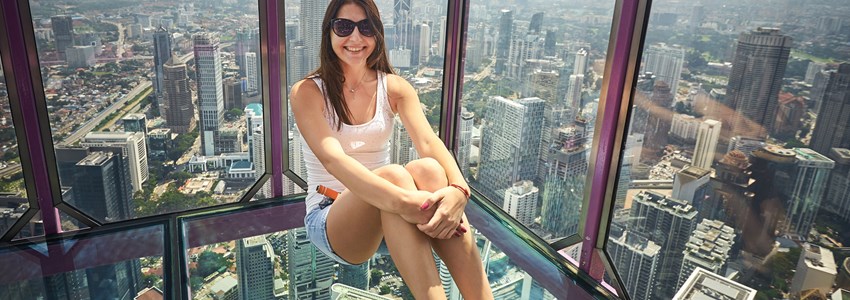 Vladimir Zhoga/shutterstock
Vladimir Zhoga/shutterstock
Do & See
Kuala Lumpur combines a modern city with an old feeling of the town. Visit for example the Petronas Twin Tower which used to be the highest buildings in the world or visit the oldest market in town where you can find lovely souvenirs to take home.
 leungchopan/Shutterstock.com
leungchopan/Shutterstock.com
Menara KL Tower
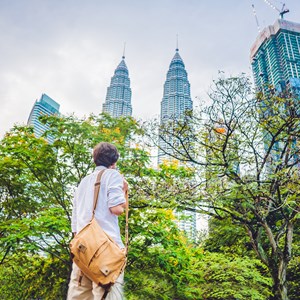 Elizaveta Galitckaia/shutterstock
Elizaveta Galitckaia/shutterstock
Petronas Twin Tower & KLCC
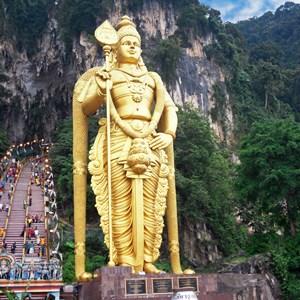 Migel/Shutterstock.com
Migel/Shutterstock.com
Batu Caves
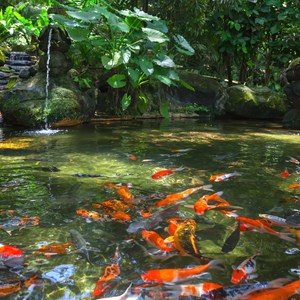 Zhukova Valentyna/Shutterstock.com
Zhukova Valentyna/Shutterstock.com
Lake Gardens (Taman Tasik Perdana)
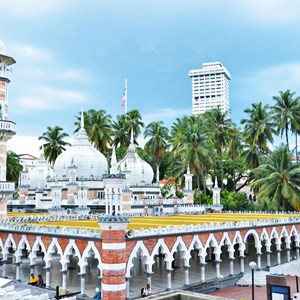 mrfiza/Shutterstock.com
mrfiza/Shutterstock.com
Masjid Jamek Mosque
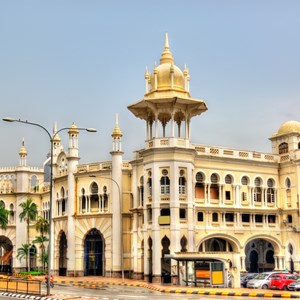 Leonid Andronov/Shutterstock.com
Leonid Andronov/Shutterstock.com
Old Railway Station
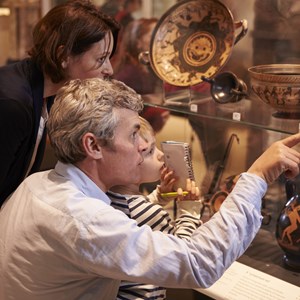 Monkey Business Images/Shutterstock.com
Monkey Business Images/Shutterstock.com
National Museum
 Marcel Jancovic/Shutterstock.com
Marcel Jancovic/Shutterstock.com
Berjaya Times Square Theme Park
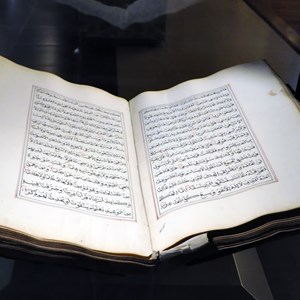 ppart/Shutterstock.com
ppart/Shutterstock.com
Islamic Arts Museum
 umarazak/Shutterstock.com
umarazak/Shutterstock.com
Aquaria KLCC
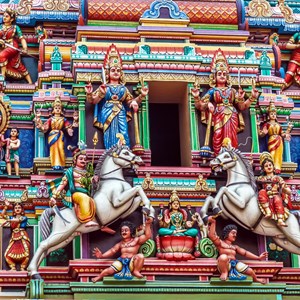 ZM_Photo/Shutterstock.com
ZM_Photo/Shutterstock.com
Sri Mahamariamma
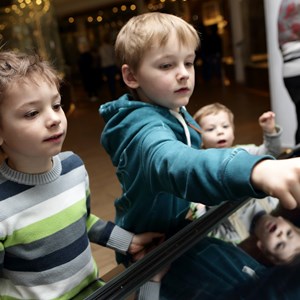 Chubykin Arkady/Shutterstock.com
Chubykin Arkady/Shutterstock.com
Petrosains Science Discovery Centre
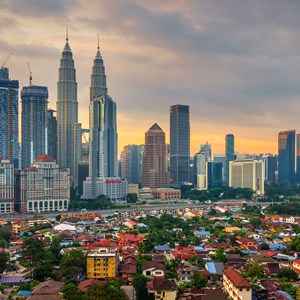 ShidaPixeL/Shutterstock.com
ShidaPixeL/Shutterstock.com
Kampung Baru
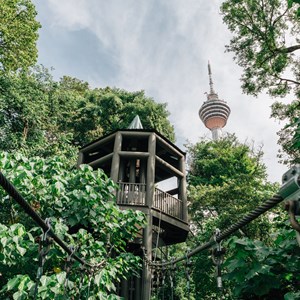 ArtRomanov/Shutterstock.com
ArtRomanov/Shutterstock.com
KL Forest Eco Park
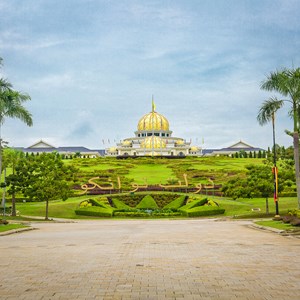 Popova Tetiana/Shutterstock.com
Popova Tetiana/Shutterstock.com
Royal Palace Istana Negara
 Elena Ermakova/Shutterstock.com
Elena Ermakova/Shutterstock.com
Petaling Street (Chinatown)
 dolphfyn/shutterstock
dolphfyn/shutterstock
Dining
Head to Jalan Alor for an al fresco meal at one of the many tables lining this KL street food hub, or try one of these similar spots favoured by locals: Pudu Wai Sek Kai (also known as 'Glutton Street'), an area referred to as Lucky Gardens (here, restaurant or cafe-type establishments are a good bet in terms of both quality and variety), plus eateries around Brickfields, home to KL's Little India, which translates into the dominant type of food offerings here.
Malaysian cuisine is a fusion of cultural influences. For instance, 'nasi lemak' is historically Malay, 'rojak' is Indian Muslim, 'char kuay teow' is Chinese and the spicy-hot 'laksa' is Nyonya (a mix of Malay and Chinese). Each culture emphasises different ingredients and flavours; for example, the Malay curry tastes tangier compared to the Indian.
Here's a list of the best places to eat in Kuala Lumpur, Malaysia:
 wong yu liang/Shutterstock.com
wong yu liang/Shutterstock.com
Bijan
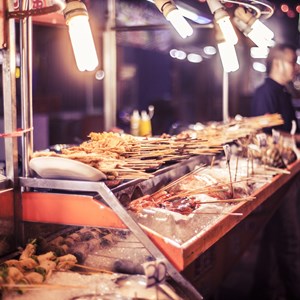 Baiterek Media/Shutterstock.com
Baiterek Media/Shutterstock.com
Jalan Alor
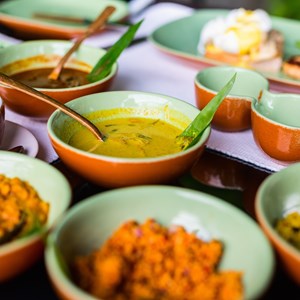 BlueOrange Studio/Shutterstock.com
BlueOrange Studio/Shutterstock.com
Yarl Restaurant
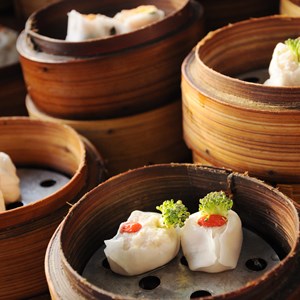 bebarley/Shutterstock.com
bebarley/Shutterstock.com
Chynna
 ThamKC/Shutterstock.com
ThamKC/Shutterstock.com
Limapulo: Baba Can Cook
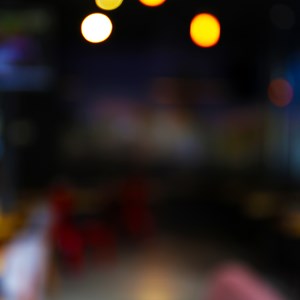 Africa Studio/Shutterstock.com
Africa Studio/Shutterstock.com
Dining in the Dark KL
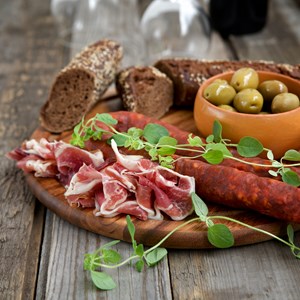 Lucky_elephant/Shutterstock.com
Lucky_elephant/Shutterstock.com
Pinchos Tapas Bar
 abhimages/Shutterstock.com
abhimages/Shutterstock.com
Din Tai Fung Pavilion KL
 Sumit.Kumar.99/Shutterstock.com
Sumit.Kumar.99/Shutterstock.com
Betel Leaf
 MaraZe/shutterstock
MaraZe/shutterstock
Bara on Six
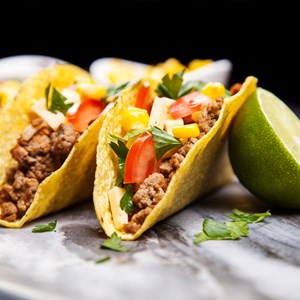 George Dolgikh/shutterstock
George Dolgikh/shutterstock
Loco Mexican Bar & Restaurant
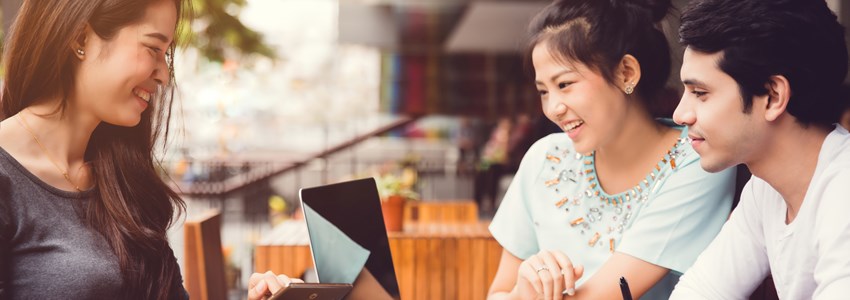 Torwaistudio/shutterstock
Torwaistudio/shutterstock
Cafes
Kuala Lumpur offers many cafe options, from the regular coffee drinker to the casual one. There is also a mixture of the types of cafes offered here, from outdoor locations where locals hang out to indoor cafes for a convenient shopping break. The numerous options of popular franchise chains and local cafes offer great choices for all coffee experiences.
 suwijaknook6644689/Shutterstock.com
suwijaknook6644689/Shutterstock.com
The Coffee Bean & Tea Leaf
 little star/Shutterstock.com
little star/Shutterstock.com
Merchant's Lane
 Yulia Grigoryeva/shutterstock
Yulia Grigoryeva/shutterstock
LOKL Coffee Co
 Mama Belle and the kids/shutterstock
Mama Belle and the kids/shutterstock
ChoCha Foodstore
 Shebeko/shutterstock
Shebeko/shutterstock
Antipodean at Menara Tan & Tan
 Prasit Rodphan/shutterstock
Prasit Rodphan/shutterstock
Bars & Nightlife
Malaysia is a Muslim country, but non-Muslims are free to enjoy the alcoholic aspects of the nightlife. As dusk falls, Kuala Lumpur transforms itself into a vibrant city of entertainment and fun, becoming a playground for partygoers of all walks of life. The club culture is concentrated mainly in Jalan Telawi and Jalan P Ramlee.
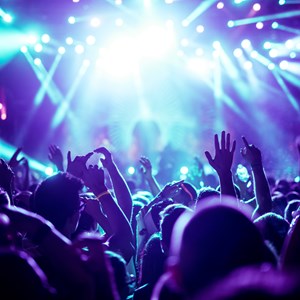 bbernard/shutterstock
bbernard/shutterstock
Spark Club KL
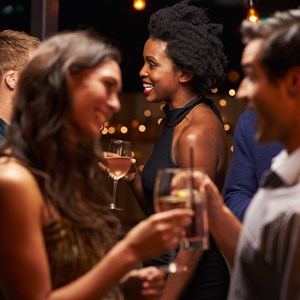 Monkey Business Images/Shutterstock.com
Monkey Business Images/Shutterstock.com
Marini's On 57
 Maksym Fesenko/Shutterstock.com
Maksym Fesenko/Shutterstock.com
Suzie Wong
 Anthony Mooney/Shutterstock.com
Anthony Mooney/Shutterstock.com
Esperance Nightclub
 Africa Studio/Shutterstock.com
Africa Studio/Shutterstock.com
Mojo Restaurant & Bar
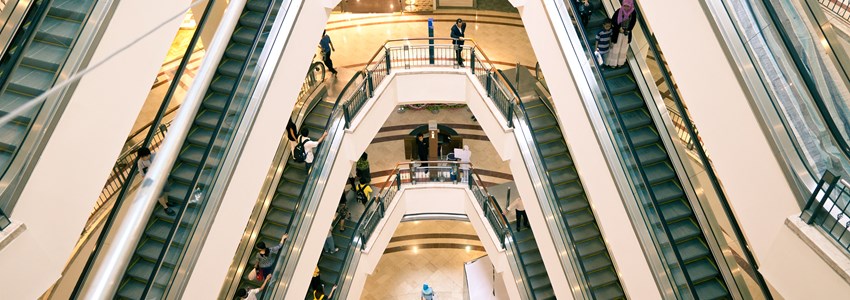 Elena Ermakova/shutterstock
Elena Ermakova/shutterstock
Shopping
Shoppers will find their trip to Kuala Lumpur worthwhile to say the least. There are many ways to pursue your shopping needs from a shop house to a street stall, or from a night market (‘pasar malam’) to a shopping mall. You may not always find exactly the same product but you have a lot of choice in price and quality. There are great shopping malls in Kuala Lumpur, namely Suria KLCC (just below the Twin Towers), Mid Valley Megamall and Bangsar Village. However, the most famous area for shopping is Bukit Bintang, with the highest density of malls and shops in the city. You can find anything from the smartest Japanese hi-tech gadget to the latest French designer piece.
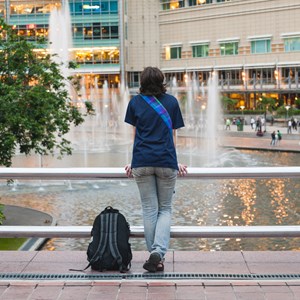 daksun/Shutterstock.com
daksun/Shutterstock.com
Pavilion Kuala Lumpur
 worawit_j/Shutterstock.com
worawit_j/Shutterstock.com
Suria KLCC
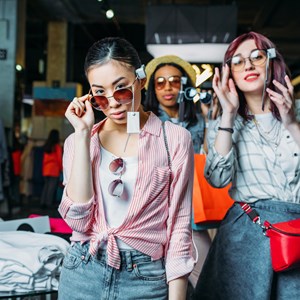 LightField Studios/Shutterstock.com
LightField Studios/Shutterstock.com
Publika
 Rashpal21/Shutterstock.com
Rashpal21/Shutterstock.com
Central Market
 Karramba Production/shutterstock
Karramba Production/shutterstock
The Starhill
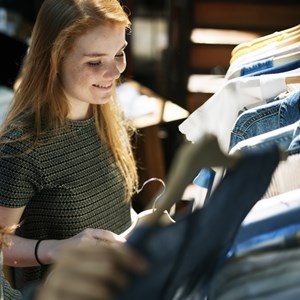 Rawpixel.com/Shutterstock.com
Rawpixel.com/Shutterstock.com
Sungei Wang Plaza
 Blend Images/Shutterstock.com
Blend Images/Shutterstock.com
Mid Valley Megamall
 Elena Ermakova/Shutterstock.com
Elena Ermakova/Shutterstock.com
Petaling Street (Chinatown)
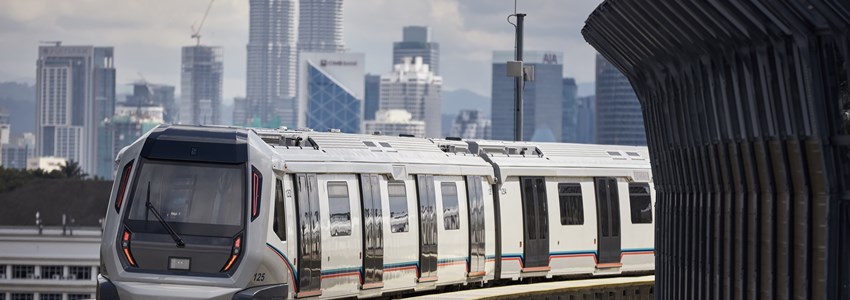 kah loong lee/shutterstock
kah loong lee/shutterstock
Tourist Information
Kuala Lumpur International Airport (KUL)
Kuala Lumpur International Airport, abbreviated KLIA, at Sepang, 55 kilometres from the city, is the bigger and busier of the two airports that service the Malaysian capital.
From KLIA to the Kuala Lumpur city centre you can take the high speed train KLIA Ekspres & KLIA Transit. Travelling time is 28 minutes for KLIA Ekspres and 35 minutes for KLIA Transit.
There's also a plethora of buses connecting the airport to the city.
To take a taxi from KLIA you will need to get a prepaid coupon. Coupons for airport taxis can be purchased from counters at Level 3 on the Main Terminal Building (Arrivals). Coupons for metered city taxis can be purchased from counters at Level 1 in the same building.
Address:
Email:
Phone: +603 8776 2000
Website: airports.malaysiaairports.com.my
More Information:
Sultan Abdul Aziz Shah Airport (SZB)
The smaller Sultan Abdul Aziz Shah Airport in Subang caters mostly domestic flights. Buses connect the airport to KL Sentral.
Address: Skypark Subang Terminal, Lpg Trbg Sultan Abdul Aziz Shah, Subang, Selangor, Malaysia
Email:
Phone: +60 3 7845 3245
Website: www.subangskypark.com
More Information:
Public Transport
Since most people don’t live downtown, the most common way of getting around in Kuala Lumpur is driving. There may be light traffic jams during rush hours, but nothing serious. However, for the visitor, the public transport system is well-expanded and consists of an underground system, a monorail line, a series of different train lines and several bus operators.
Address:
Email:
Phone:
Website: myrapid.com.my
More Information:
Taxi
If you are not familiar with the city and only staying for a short period, taxis can be the most convenient way of getting about. Taxis are easily available and not too expensive. Fares are charged according to the zone and are subject to change. An extra 50 percent is added for services between midnight and 6am. All taxis must use meters.
Address:
Email:
Phone: +60 3 62 59 20 20
Website: www.publiccab.com.my
More Information:
Post
There are several post offices in Kuala Lumpur. Most of them are open Monday to Saturday, but each post office has different opening or closing hours.
Address: Pos Malaysia Headquarters, Jalan Sultan Hishamuddin, City Centre, Kuala Lumpur
Email:
Phone: +60 3 2274 1122
Website: www.pos.com.my
More Information:
Telephone
Country code: +60
Area code: 3
Address:
Email:
Phone:
Website:
More Information:
Electricity
Electrical appliances are connected to Malaysia's power supply using a three-pin plug known as plug type G. It is the same plug used in the UK. Expect 220-240V at 50Hz.
Address:
Email:
Phone:
Website:
More Information:

